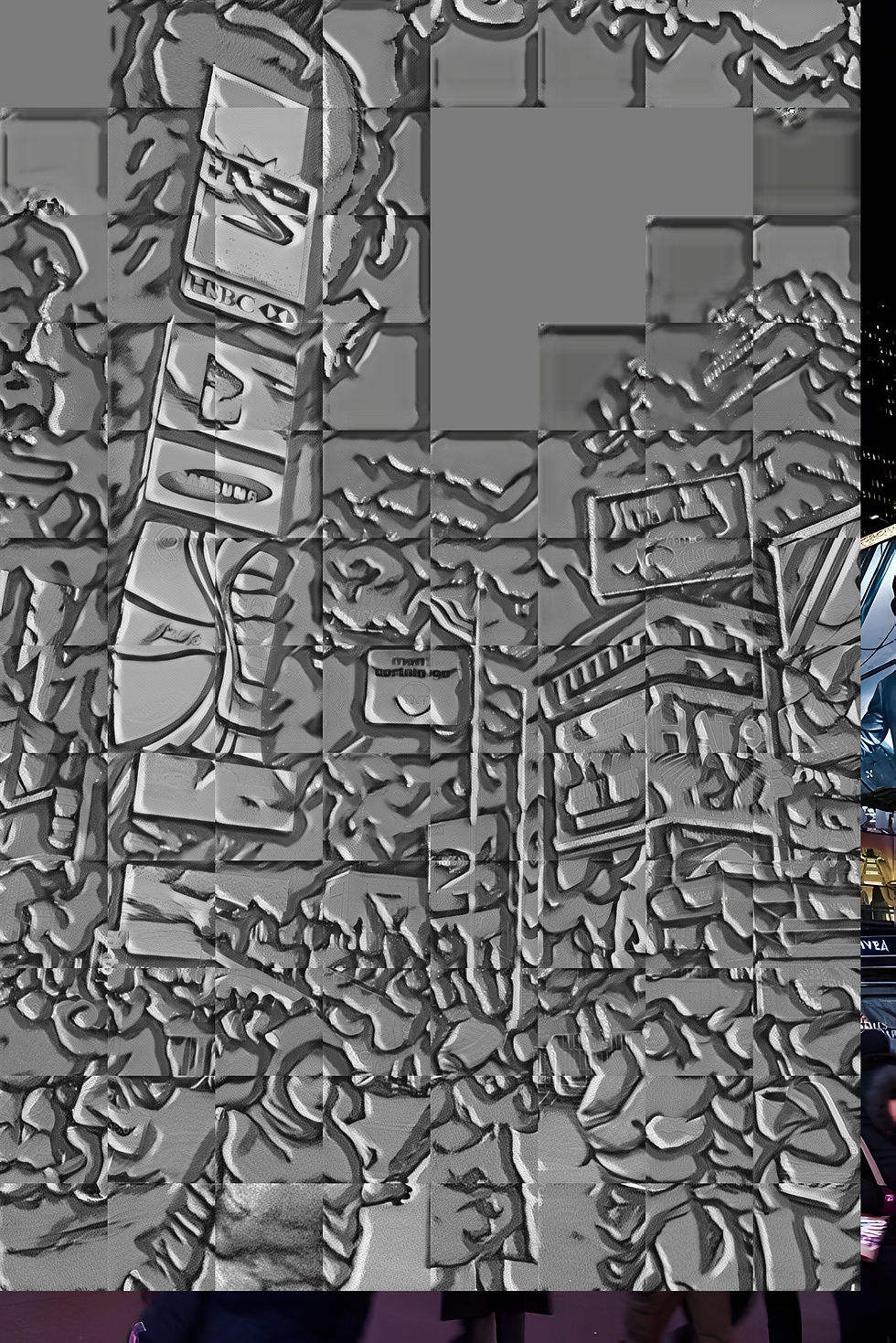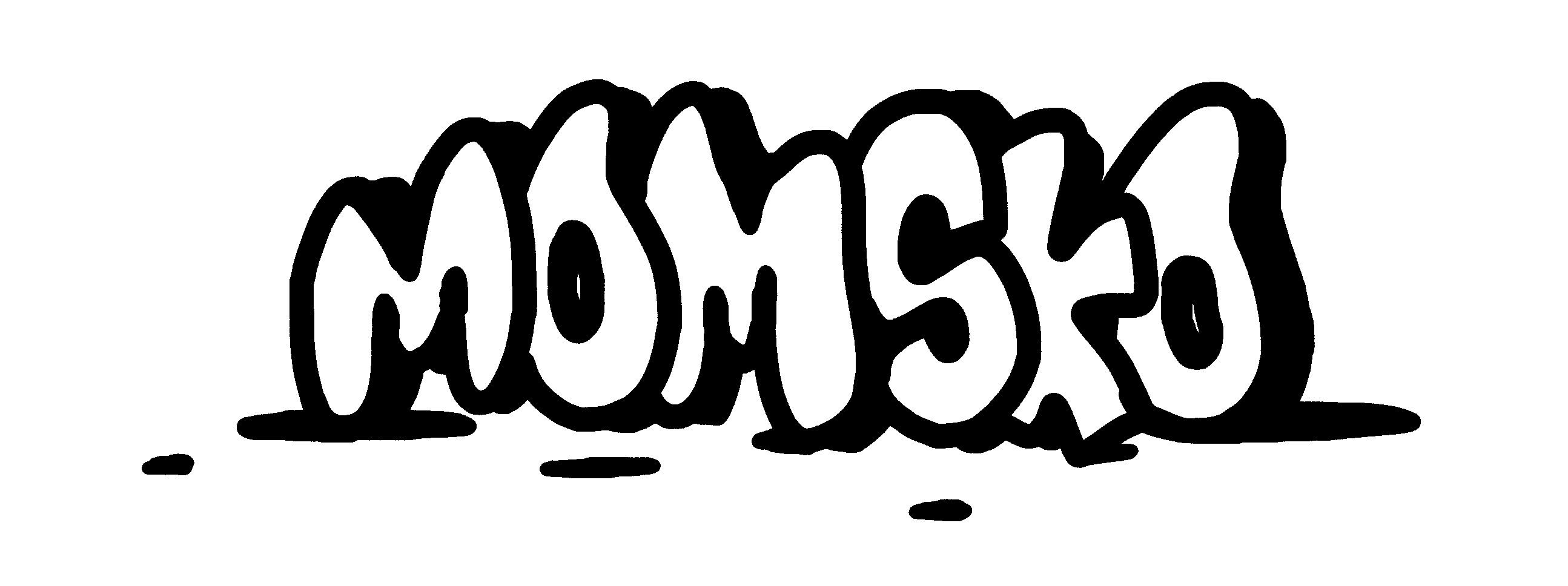
DIGITAL WIMMEL

This analog Canvas is the starting point of 'Digital Wimmel'.
Digital Wimmel
When it comes to AI in interaction with art, the focus is often on the use of third-party data and the loss of artistic identity. As a result, I have made it my task to develop a device that combines the advantages of AI and at the same time is individually adjusted to me as an artist. This device is explicitly designed by artists for artists. It's not about losing your own creativity or bypassing the analog way of working, the camera should serve as an additive tool in brainstorming or in the work process. The project is based on open source, which means that the codes and blueprints will be published and should offer every artist the opportunity to expand their own creativity with this device. At the same time, an important aspect of this project is that your own style should not be available to every person, but exclusively to the artists themselves.
How does 'Digital Wimmel' work?
Digital Wimmel is a Raspberry Pi equipped with a camera and a powerbank. The photos taken are converted using a deep learning algorithm that is trained on my personal, analogue, painting style. The converted image is then shown on the device's display and, in my case, printed out using a thermal printer. At the same time, however, the image remains digitally stored in a library on the computer.
Development Stages

Step 1.
Data Aquirement
In order to train the model for different urban scenarios, it was primarily trained with data from city panoramas and people. It was particularly important to use as much different data as possible to ensure robust performance of the filter.


Step 2.
Training of the Style Transfer Algorithm
The style that the model was trained on is based on an approx. 1.60x2.00m acrylic painting of mine, which was digitally captured and then divided into many small images. In order to increase the amount of data, these small images were mirrored, rotated, etc.
Step 3.
Result of the Style Transfer Algorithm operating on small patches of a large input image.

examples





